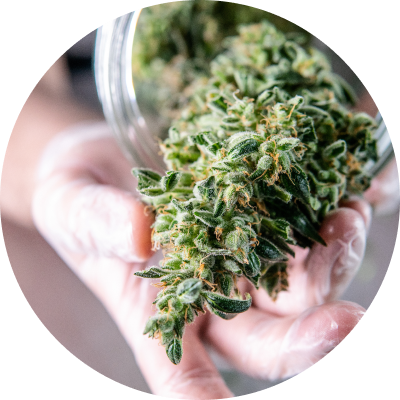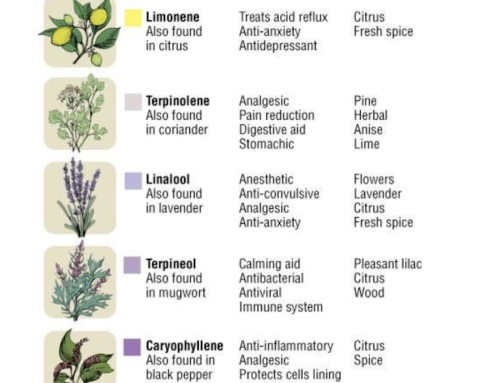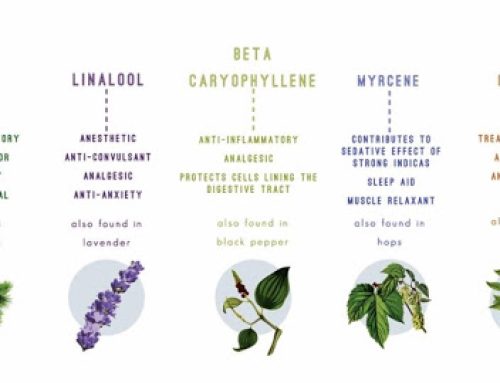While CBD has little binding affinity for either of the two cannabinoid receptors, it has been shown to directly interact with other “G-protein-coupled” receptors and ion channels to confer a therapeutic effect. CBD, for example, binds to the TRPV-1 receptor, which is known to mediate pain perception, inflammation and body temperature.
TRPV is the technical abbreviation for “transient receptor potential cation channel subfamily V.” There are several dozen TRP receptor variants or subfamilies that mediate the effects of a wide range of medicinal herbs.
Scientists also refer to TRPV-1 as the “vanilloid receptor,” named after the flavorful vanilla bean. Vanilla contains eugenol, an essential oil that has antiseptic and analgesic properties; it also helps to unclog blood vessels. Historically, the vanilla bean has been used as a folk cure for headaches.
CBD is a TRPV-1 “agonist” or stimulant. This is likely one of the reasons why CBD-rich cannabis is an effective treatment for neuropathic pain.
Capsaicin—the pungent compound in hot chili peppers—activates the TRVP-1 receptor. Anandamide, the endogenous cannabinoid, is also a TRPV-1 agonist.





Leave A Comment
You must be logged in to post a comment.